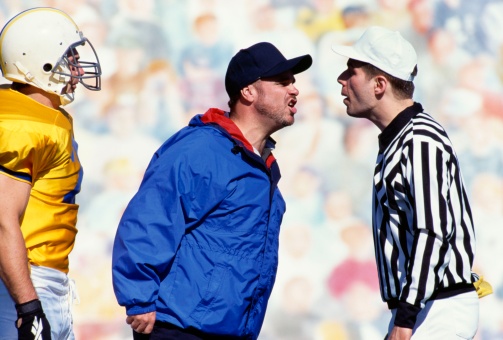I have been on the road the last few weeks, visiting with some high performance teams and coaches across numerous sports from New York to Belgium to Vermont and finally, Colorado. In that time, regardless of whether these coaches were working with adults or children, similar questions kept popping up.
“What does a great learning environment look like?”
“Can we be competitive and also create a great family atmosphere?”
“I want to push my athletes, am I being too easy on them, too soft?”
My friend Bill Beswick, the world renowned sports psychologist, once told me our job as coaches is to take our athletes to a place they have never been, and likely would not get to on their own. To do that, we need to be demanding, we need to consistently challenge and stretch our athletes, and we need to have high standards and expectations. But does reaching a new competitive level require coaches to lose all humanity in pursuit of excellence? I do not believe it does.
I was recently listening to this fantastic interview on the High Performance Podcast with Nick Cox, the Academy Director at Manchester United, and I believe he laid it out perfectly. As the diagram above shows, Manchester United, a club with a well deserved reputation for excellence in youth development, believes the best environment is one with high challenge, and high support. This is what we all should be striving for.
When we think about it, this makes perfect sense. In a high challenge/high support environment, players are pushed, stretched, face anxiety and stress, held to a high standard, and forced to become comfortable being uncomfortable. At the same time, they know they are loved, supported, free to fail and make mistakes, ok with both winning and losing, and valued not simply for their athletic prowess but for their humanity. This type of environment, even in a high stakes place like Manchester United, allows for creativity, freedom, and patience as players go on the arduous journey of trying to become a professional player.
Think about the other quadrants. Clearly low challenge/low support is not going to do much, but what about the others. A high challenge/low support environment, which we see often, can see progress and development, but usually at a great cost. It also sees a much higher dropout rate, and potentially long term emotional and psychological problems both for players who make it and those who do not. By the same token a high support. low challenge environment might provide the child with great security, but they will not be pushed and made uncomfortable, stretched enough, to ever achieve excellence.
As Cox says in the interview, his goal is for Academy players to make professional debuts, in front of tens of thousands of fans, and step on that field having seen everything before, nervous but not overwhelmed, possessing not only the technical and tactical ability but the character to perform and thrive under the microscope. It is a daunting task.
Parents: The Potential Obstacle to the Ideal Learning Environment
I am a parent, and the hardest thing to do as a parent is to see your child struggle, fail, come undone with emotion, frustration or sadness, and look to you to fix the problem. After all, that is what we do, we keep our children safe, fed and sheltered. Yet we know that in order to progress, they have to be uncomfortable. They must be stretched, challenged, and they must fail. We have to actively seek out environments that put our children in the exact situation that breaks our heart as a mom or dad. It is so tough to let go.
Some parents cannot let go. they say they want this, but every time they see their child struggle or experience a setback, they intervene. They try and prepare the path for the child, instead of the child for the path. They complain, interfere, and demand change at the very moment that a child is faced with the ideal learning environment. They try to move into the high support, low challenge quadrant because they cannot bear to see their child struggle. What a shame. And the exact reason why we must create that high support environment, and help parents understand that we are in it for their child, and we are partners in this learning journey. How can we do this? Here are five quick tips.
- Communicate well and often, and let parents and athletes know where they stand through both written and verbal feedback
- Know your audience, and give feedback that is appropriate, kind, and empathetic, yet specific and helpful
- Build a relationship with athletes and parents that can bear the burden of truth
- Admit when you have made a mistake, and be vulnerable with stories about your own learning journey, and be patient with development
- Bathe them in the R.I.V.E.R. (make them feel Relevant, Inspired, Validated, Empowered, and Respected)
Coaches, your athletes need you to create an ideal learning environment, one that has high challenge, and high support. So go out there, demand a lot, and at the same time let those kids know you love them and are in it for them. And parents, allow your children to be pushed, help them become comfortable with discomfort, and explain to them that is where the learning happens. At the same time, demand that your child is in a high support environment, be patient, and remember that you and the coach are partners in your child’s athletic and human development.
Good luck out there this season!












Comments